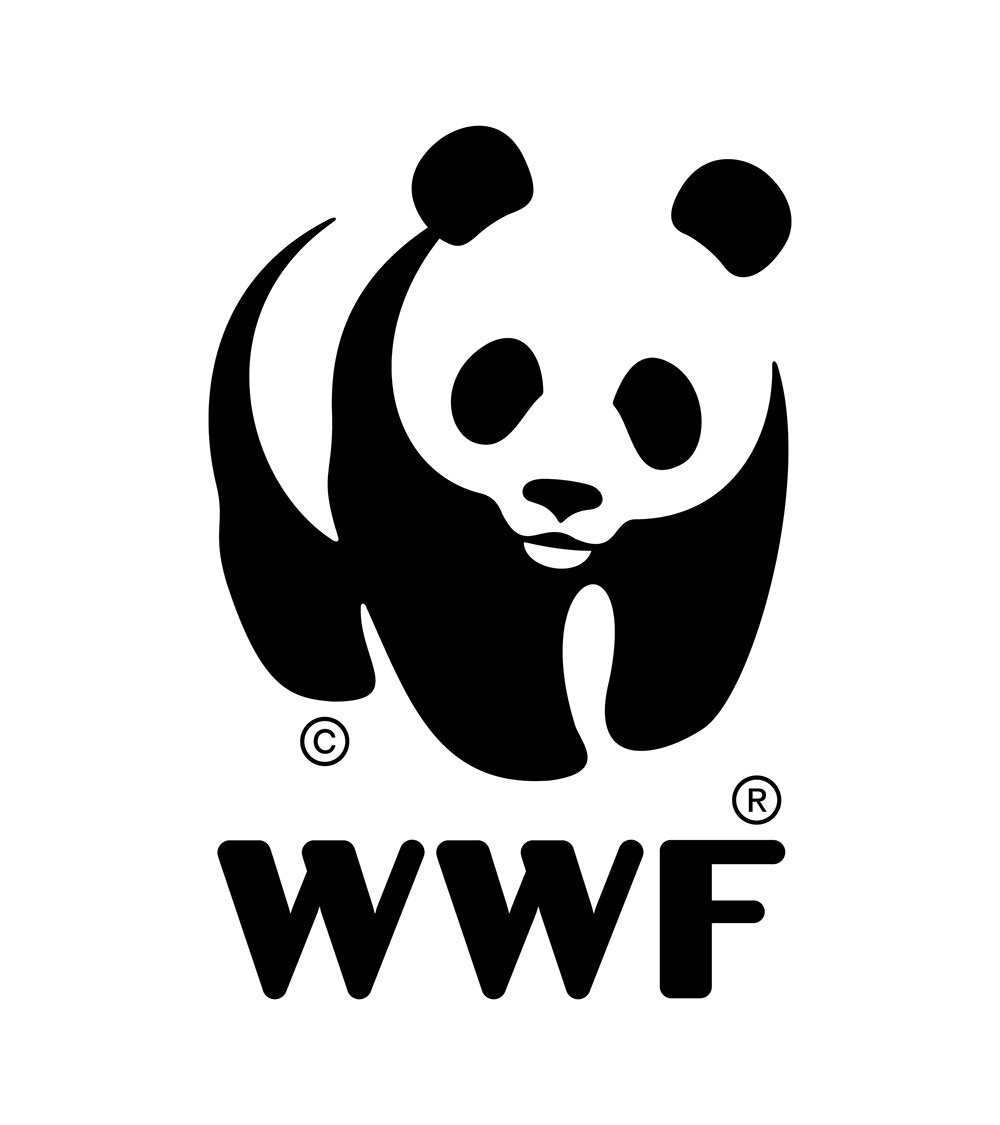
Ship strikes & underwater noise
Photo © TRPhotos / Shutterstock
Ship strikes are one of the leading causes of human-induced mortality for several whale populations around the globe. Ship noise is a further threat to whales and dolphins, which use sound to sense their environment.
Over the past two decades, the volume of shipping traffic worldwide has increased 300 per cent. Large vessels have become larger still, travelling at greater speed, while more and more passenger ferries traverse our coastlines. For whales and dolphins, this has resulted in greater risk of injury and death as they struggle to avoid vessels’ paths – not an easy task given some of the world’s busiest shipping lanes directly overlap with their habitat.
Shipping noise is also a threat, with the global merchant fleet acting as the biggest contributor to the doubling in background noise levels underwater in every decade over the last 50 years. Underwater noise created by shipping can disrupt ‘echolocation’, the sensory ability of whales and dolphins to find food and navigate underwater, while also drowning out their communication with each other, displacing them from habitats, and in extreme cases causing physical harm, including temporary hearing loss.
WWF is playing a pivotal role in helping to develop ship strike mitigation measures, and with local, national and global partners we are raising awareness of the issue in order to reduce ship strikes and underwater noise pollution from shipping.
Currently, the only proven and effective mitigation measures are to avoid areas with known concentrations of whales, and to reduce speed while transiting around those areas.
Photo: A sperm whale with deep scars from a ship’s propellor. © Chris Johnson
WWF in action
A quieter ocean for Arctic whales
We’re working to limit sound pollution in Artic waters by making parts of the ocean important for whales off limits to particularly loud industrial activities.
New tech helps keep whales safe
In Europe, we’re working with shipping companies in the Pelagos Sanctuary in the Mediterranean Sea to develop and test a whale avoidance system.
Creating safe corridors
In Peru and Panama, we’ve partnered with the Smithsonian Institute to raise awareness of the risk that shipping lanes pose and create a safe corridor for migrating whales.
Tools for mariners
We’ve created maps and posters for Canadian ships in the Artic to help mariners avoid marine mammals.






